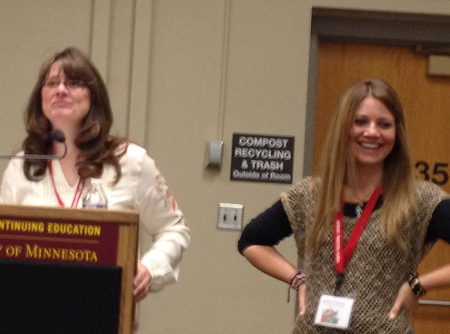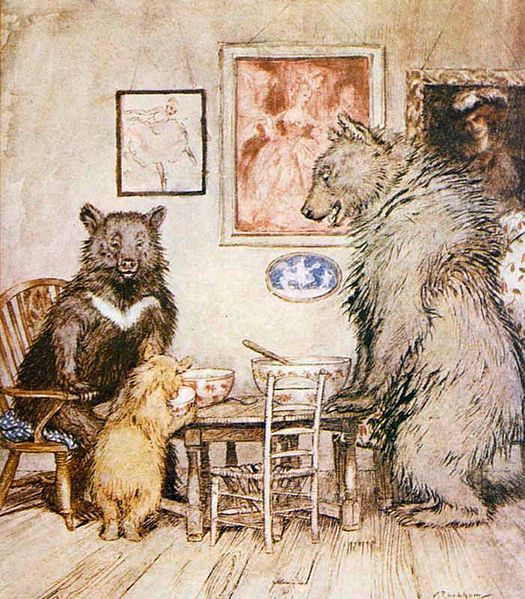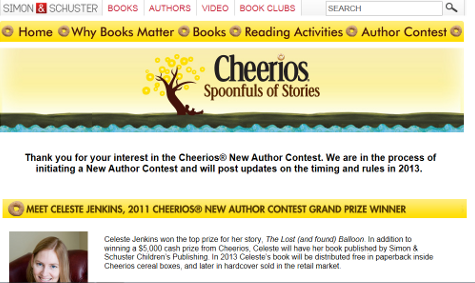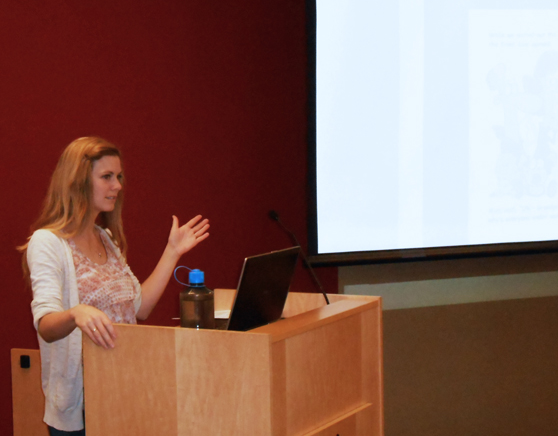
Thanks to the conference organizers: MN SCBWI Regional Advisor Quinette Cook and Assistant Regional Advisor Jessica Freeburg.
It’s been 16 days since the 2013 Minnesota Society of Children’s Book Writers and Illustrators (SCBWI) conference and my tiny brain is still smoking from over-stimulation.
Tidbits of wisdom:
- William Alexander, keynote speaker and author of Goblin Secrets, reminded,”It’s not about you … It’s the story … How well do you serve the story?” Alexander immersed himself in storytelling as an actor before he became an author. He started out romantically letting the story unfold, but he discovered that method to be “wildly inefficient” because he would often have to change his beginning to match his new ending. Now he uses outlines, thinking of them as loose travel itineraries with a beginning and an end–and a few crazy side trips.
- Barry Goldblatt of Barry Goldblatt Literary, showered us with snippets of reality.
“Art is a terrible way to make a living … Name your favorite book and your best friend will hate that book. Art is subjective. People are going to hate what you do.” He advised us to reach into our souls and slap it on the page. For him to represent a book, it needs to scream, “This is a must have.”
“Research to find the right agent,” he implored, comparing the relationship to a marriage, because the agent will 1. mess with your babies; 2. control the purse strings; and 3. get into your legal matters. - Dan Yaccarino, keynote speaker and author/illustrator of Doug Unplugged, Oswald, The Backyardigans, and Willa’s Wild Life, first ripped marketing labels off of packaging to study and draw. Because of his astounding achievement rate, it was tempting to discount Mr. Yaccarino as a freak of nature who wouldn’t understand the plight of the struggling artist. But he won our approval when he disclosed that for every one success there are 12 failures. He says he owes his victories to organization, determination, and persistence. He urged artists to give themselves permission to do the work that makes them happy. “Be brave!
- Nathan Gassman, art director for Capstone Press, advised illustrators to “think professionally … Seek consistency in your art, branding yourselves so that we (art directors) know we can go to you with a certain style. He recommended Go Dog Go by P.D. Eastman and Life Doesn’t Frighten Me by Maya Angelo as examples where art and word mesh well. He warns that bunnies are cliché unless you turn the character upside down. Gassman’s non-cliché bunny reference: one haunted by mutant carrots (Creepy Carrots written by Aaron Reynolds and illustrated by Peter Brown ).
- I wasn’t able to attend Minnesota illustrator Jennifer Bell‘s presentation, but we can learn more about her on her official website. She has Illustrated over a dozen children’s books, including, My Pen Pal, Santa and Little Dog, Lost.
- Annie Stone, Assistant Editor, Harlequin Teen, has a special place in her heart for the Chronicles of Narnia. Stone said the appeal of a great story is power in humanity and protagonists who possess humility, innocence, faith, and flaws. “It’s hard to get behind someone who’s too perfect. It’s their failures– their overcoming of weaknesses that’ll make them heroes.” Clichés: female protagonists who aren’t pretty but everyone falls in love with them and the big reveal where the parents are of magical descent.
- Marsha Qualey, a Hamline University MFA in Writing for Children and Young Adults program professor and author of several young adult novels, including Thin Ice, gave an intensive entitled Angles, Facets, and POV. It was my favorite part of the conference because she led us in hands-on group and individual writing exercises. “Editors can’t work with you like they used to,” Qualey commiserated. Lucky for us, we can take a class.
- Marsha Wilson Chall also teaches for the Hamline MFA program and has authored eleven children’s books, including Pick a Pup. I wasn’t able to attend her presentation, but I intend to look into the Hamline program. Even an old dog like me can learn new tricks (like not writing clichés).
Thanks to organizers, Quinette Cook, Jessica Freeburg, Alicia Schwab, and Nina Crittenberg, and all volunteers for putting on a fabulous 2013 conference. Your devotion to the success of regional book writers and illustrators reaches far beyond the competitive marketing arena and into the minds of children everywhere. That’s profound, when you think about it.







